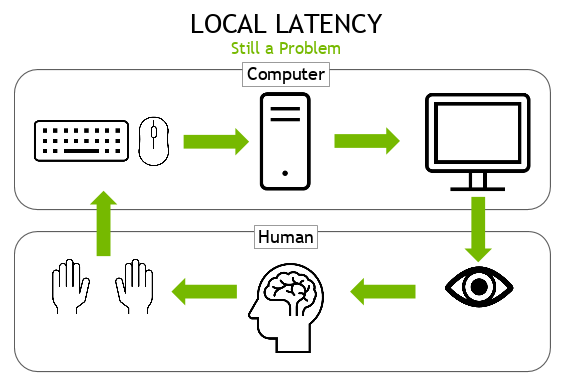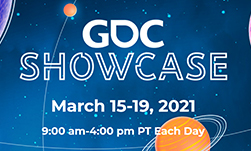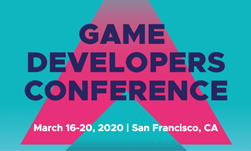With the GPU Technology Conference (GTC) just around the corner, below are the sessions we recommend game developers attend to learn how to use our new software. Attendees will also learn how to create stunning in-game visuals, ask our engineering team questions directly, and find out what’s in the pipeline.
Register for GTC through October 9 using promo code CMGRAPH to get 20% off.
Ray-Traced Glossy Reflections Using Screen-Space Roughness
Tuesday, Oct 6 | 07:00 – 07:50 PDT
Glossy reflections are important for creating believable looking renders by better visually tying a scene together. Reflections heavily depend on a view direction and scene object state requiring a run-time resolve of the input signal for dynamic scenes.
In this talk, NVIDIA Senior Real-Time Rendering Engineer Peter Kristof will describe how you can add dynamic ray traced glossy reflections that are almost temporal and noise free at the cost of a few milliseconds to your 60+ Hz game on NVIDIA RTX GPUs.
For those located in EMEA/Israel, this session will also be available on Thursday, Oct 8 | 00:00 – 00:50 PDT.
Rendering Games with Millions of Ray-Traced Lights
Tuesday, Oct 6 | 08:00 – 08:50 PDT + Tuesday, Oct 6 | 12:00 – 12:50 PDT
Learn about the latest research in the area of many-light sampling from NVIDIA Principal DevTech Engineer, Alexey Panteleev, and Principal Research Scientist, Chris Wyman. They’ll talk about reservoir spatiotemporal importance resampling (ReSTIR), which was originally presented at SIGGRAPH 2020, and achievements made since then. The algorithm makes it possible to effectively sample from millions of area lights with just a few rays per pixel and produce results that can be easily denoised.
For those located in EMEA/Israel, this session will also be available Tuesday, Oct 6| 00:00 – 00:50 PDT.
Rendering at the Speed of Light on Next-Generation GPUs
Tuesday, Oct 6 | 09:00 – 09:50 PDT + Tuesday, Oct 6| 13:00 – 13:50 PDT
During this session, NVIDIA Senior DevTech Engineer Nuno Subtil will go over what’s new in Ampere and share our experience optimizing real-time rendering workloads for it. Nuno will cover hardware improvements over the previous generation, best practices for application developers, and tooling improvements that will help you write high-performance graphics code for NVIDIA Ampere GPUs.
For those located in EMEA/Israel, this session will also be available on Wednesday, Oct 7 | 00:00 – 00:50 PDT
Cross-Platform Ray Tracing—Migrating from DXR to Vulkan
Tuesday, Oct 6 | 10:00 – 10:50 PDT
Modern graphics APIs offer performant low-level access to accelerated ray tracing, but with this control and flexibility comes complexity and nuance that can be a challenge for developers to navigate. NVIDIA Senior Developer Technology Engineer Matthew Rusch will present a highlight reel of code migration from DirectX to Vulkan ray tracing – including missteps, obstacles and insights encountered along the way. He will also cover recommendations for tooling setup and techniques to get your ray tracing journey smoothly underway.
For those located in EMEA/Israel, this session will also be available on Tuesday, Oct 6 | 00:00 – 00:50 PDT.
The Game of Milliseconds: Optimizing Esport Latency for Maximum Human Performance
Tuesday, Oct 6 11:00 – 11:50 PDT
At this talk, attendees will learn how to measure and control the end-to-end latency for interactive games, including the computer system running them from NVIDIA Senior Research Scientist Josef Spjut. He will describe research related to human-inspired latency requirements, our approach to understanding computer system latency, and suggest some methods for optimizing applications for latency using available tools.
In Josef’s words “In competitive games (esports), every millisecond of advantage matters. In this talk, I’ll describe the method we used to optimize and control system latency so that we could study player performance in first person shooter games. I’ll review some of our results showing the impact of latency and refresh rate on performance”.











